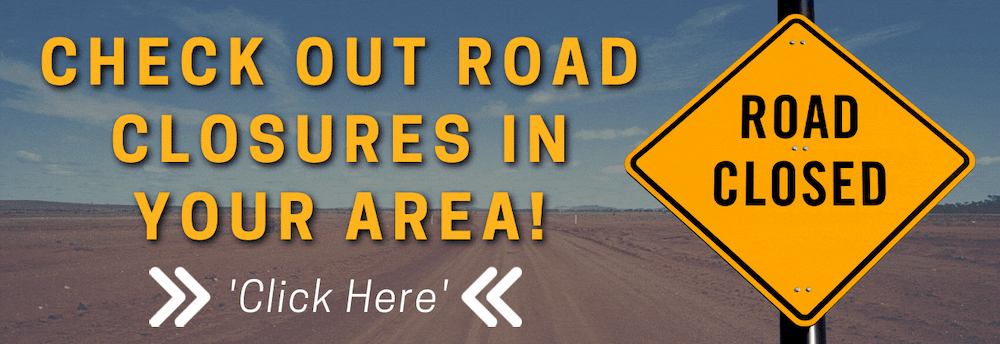Facing our feral future
Luke Williams
28 March 2023, 2:40 AM
 Cats are among a suite of introduced species wreaking havoc on entire ecosystems according to a recent report.
Cats are among a suite of introduced species wreaking havoc on entire ecosystems according to a recent report.Environmental threats need to be reined in to protect not just native species but entire ecosystems and the state's agricultural production, according to a recent report.
In 2009, feral animal species covered only 8% of NSW but in 2020 they were estimated to cover 22% of the state.
Pest weeds are smothering native species. Feral pigs are out of control. Feral cats now imperil at least another 123 nationally threatened species.
These are just some of the takeaways from a major report from the Invasive Species Council.
The Council has released a comprehensive policy platform, Combating Invasive Species: Priorities for the next NSW Government, which identifies policies, funding, and reforms needed to strengthen the biosecurity system and address critical environmental threats from pests, weeds and exotic diseases.
The report makes one thing clear - that there is a serious shortfall in Government resources being used to tackle the issue.
To highlight the gaps in the current system the council says there needs to be an additional 300 frontline pest and weed officers across the National Parks and Wildlife Service, Local Land Services, the DPI, and local government; the creation of an NSW Indigenous Commissioner for Country; the creation of state-wide deer and pig coordinators and the appointment of a new statutory, independent Biosecurity Commissioner.
“The NSW government is the state’s largest land manager, and has responsibility for over 14 million hectares of national parks, state forests, crown reserves, roads, most beaches, estuaries, and waterways," the Combating Invasive Species report says.
“Invasive species continue to be the highest impact threat driving declines of our native wildlife and ecosystems” and argues that addressing the risk is simply beyond the scope of the broad responsibilities of current government agencies.
‘NSW is facing an invasive species crisis due to the cumulative effect of recent natural disasters, climate change, underfunding, and a lack of political will,' said Invasive Species Council advocacy manager Jack Gough.
‘Our frontline pest and weeds agencies are understaffed, underfunded and have been under enormous pressure over the last four years as they responded to fire, drought, floods, COVID-19, and the varroa mite outbreak.
‘Invasive species are the highest impact driver of extinctions, directly endangering 70 percent of threatened wildlife and ecosystems in NSW. They degrade and damage waterways and bushland, kill native wildlife, and prevent regeneration.'
Coonabarabran Cattle Farmer Angus Atkinson told the Western Plains App that he and his neighbours have been overwhelmed with pig numbers since the wet weather last year.
“We have never seen anything like it. Sows are now breeding six or seven to a litter rather than the usual three or four," Mr Atkinson said.
He said one of the biggest concerns he has about pigs is their capacity to spread to diseases to cattle which, if contracted, were left unable to breed.
Over the weekend he and his neighbours hired a helicopter and shot close to 300 - “some of them were 30 centimeters long, some of them were over 1.8 metres”.

Feral pig control is just one area needing additional resources according to local landholders.
Atkinson said the work of Local Land Services had improved dramatically in the past few years and landholders are offered free bait.
However, there is no current financial assistance available to subsidise the use of helicopters for mass kills - despite an ongoing legal obligation imposed on all property owners to destroy feral pigs on their property.
At present, Government departments do not fund any staff to work directly in the destruction of pigs.
Asked about the creation of state pig-co-ordinators and extra pest control officers he said he was concerned this may just lead to managerialism and people doing more administrative work, when that money needed to go directly to people to help them eliminate problem species.
“The bottom line is that we don’t want to see more money wasted on positions that create more managers and divert money away from where it's needed - on the ground and part of a multipronged approach to eradicating problem service”.




